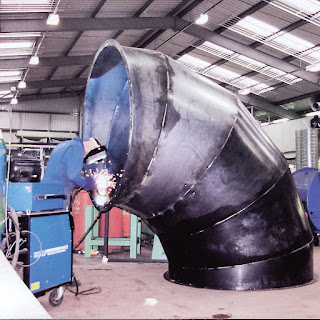The Triple Play: Unravelling the Magic of Cooling, Ventilation, and Air Conditioning

In the dynamic realm of building design and climate control, the triumvirate of Cooling, Ventilation, and Air Conditioning (HVAC) stands as an indispensable force, shaping the environments we live and work in. Let's embark on a journey to unravel the magic behind these three pillars that contribute to our comfort and well-being. Cooling: In regions where the mercury soars, cooling systems come to the rescue, ensuring indoor spaces remain pleasantly temperate. Air conditioners, the workhorses of cooling, employ refrigerants to absorb and dissipate heat, creating a refreshing oasis even in the sweltering heat. Whether it's a scorching summer day or a balmy evening, cooling systems provide a sanctuary where we can escape the relentless grip of high temperatures. Ventilation: Ventilation breathes life into spaces, ensuring a constant exchange of indoor and outdoor air. Beyond simply regulating temperature, ventilation systems play a pivotal role in maintaining air quality by expell
